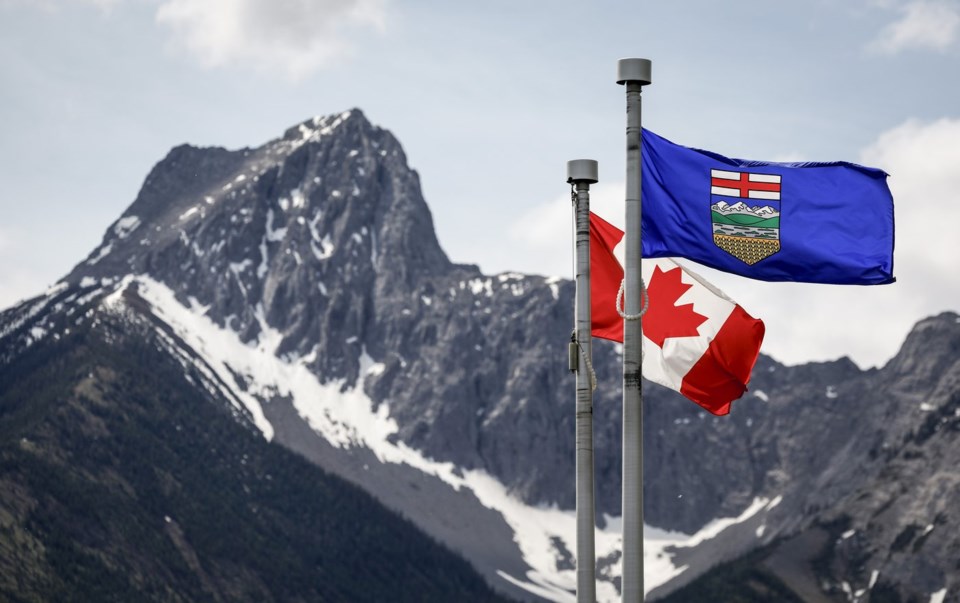CALGARY — Security officials at the G7 leaders summit in Kananaskis say plans are in place, including the possibility of evacuations, if wildfires become a serious threat later this month.
Kananaskis, located about an hour west of Calgary, is in the foothills and front ranges of the Rocky Mountains. Its western edge borders Banff National Park and the Alberta-B.C. boundary.
Its remote location is considered to be ideal from a security standpoint for the meeting of the leaders from Canada, the United States, France, Germany, Japan, the United Kingdom and Italy, as well as the European Union from June 15 to 17.
But with an explosion of wildfires in Manitoba, Saskatchewan and in northern Alberta, a contingency plan is in place if the situation moves south.
"Wildfire has been part of our planning since the summit was announced here in Alberta," said RCMP Chief Supt. David Hall, an event security director for the Integrated Safety and Security Group, in a recent briefing.
Hall's comments come as more than 30,000 people in Manitoba and Saskatchewan have been forced to leave their homes as wildfires threaten their communities.
In Alberta, there were more than 50 active wildfires and several evacuation orders are in effect.
A wildfire burning in northern Alberta is not only threatening the homes of hundreds of residents in various communities, but also major oil and gas companies with operations in the area.
"Our plans incorporate the potential that we may need to evacuate the summit site - we may need to deal with evacuations that are ongoing around the summit," said Hall.
"So maybe the summit itself is not of concern but there are evacuations in communities that might affect road access and those type of things."
Wildfires burned an estimated 22,000 square kilometres in Alberta in 2023. Last year, a fire tore through Jasper National Park in July, burning about a third of the homes and businesses in the community and forcing the evacuation of residents.
Hall said with the fire outbreaks in the three Prairie provinces, it could have an effect on resources available for G7.
"I would just say that all of our respective agencies are mindful of the wildfire threat nationally and how that may draw resources from the security partners to support evacuations like we're seeing in Manitoba or Saskatchewan now or parts of Alberta."
Supt. Bryan Sundberg, from Alberta's Crown Land Enforcement Branch, said his staff will be responsible for search and rescue, backcountry patrols, and cutting down on human and animal conflicts.
He said the potential for wildfires was always on the list.
"Early on we identified the risk of wildfire or other environmental events such as floods," Sundberg said.
He said the branch is working with Alberta Wildfire, which is providing localized forecasts and wildfire behaviour forecasts for the Kananaskis Valley and surrounding areas that will be sent directly to Integrated Safety and Security Group.
"That's to help the senior leaders make the decisions on keeping the summit safe and looking forward to what may be happening."
This report by The Canadian Press was first published June 6, 2025.
Bill Graveland, The Canadian Press




